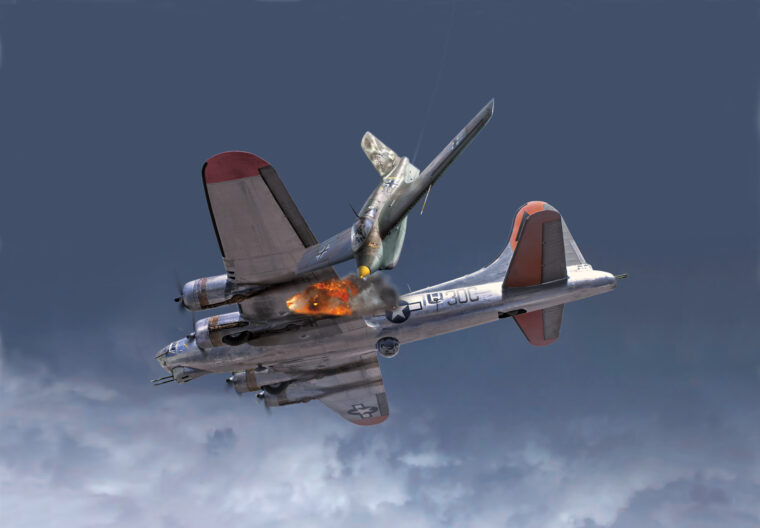
Me-163: The Devil’s Broomstick
By David H. LippmanThe Germans called it the “Komet” and the “Devil’s Broomstick,” for the incredible speed with which it reached its altitude of 30,000 feet, achieving 0.84 Mach while doing so. Read more

The Germans called it the “Komet” and the “Devil’s Broomstick,” for the incredible speed with which it reached its altitude of 30,000 feet, achieving 0.84 Mach while doing so. Read more
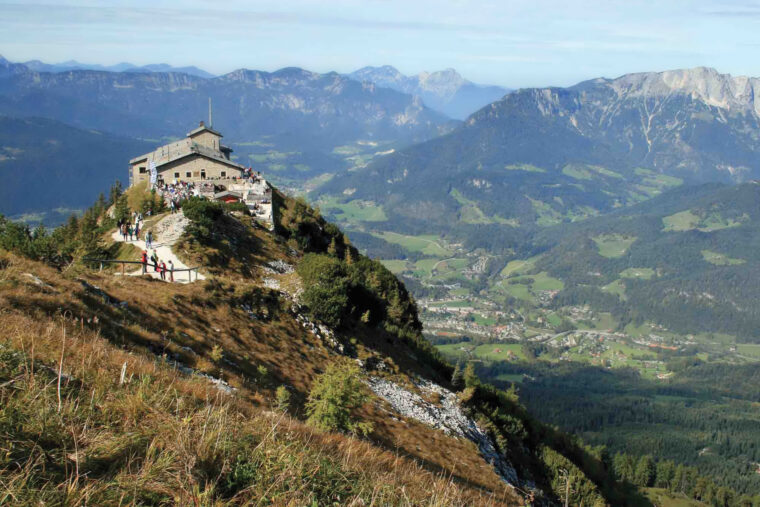
When a friend from Wolsey, South Dakota, asked Alven Baker why he was joining the army in 1941 and not another branch of the service, he replied, “To capture Adolf Hitler.” Read more
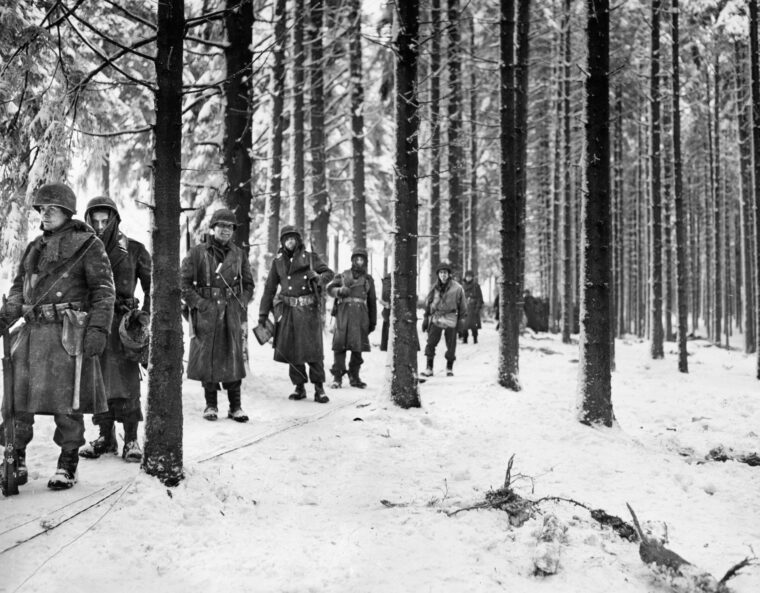
Staff Sergeant Darrell Bush had just carried a wounded soldier on his back to the rear when five enemy bullets seemed to hit him simultaneously. Read more
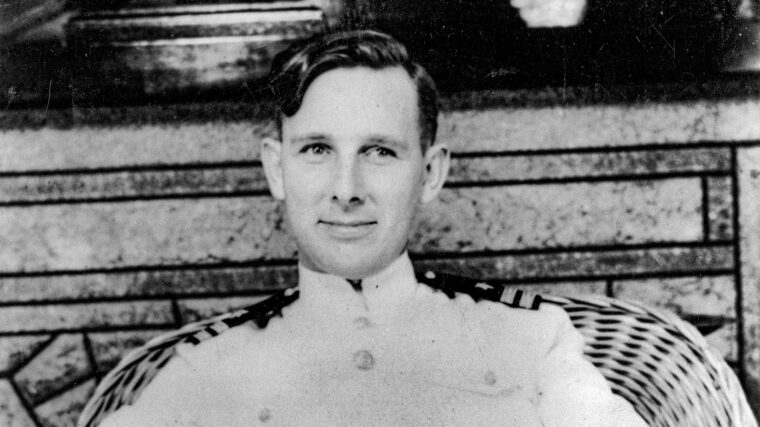
Eighty years ago this month, the U.S. Navy inflicted the decisive defeat of World War II in the Pacific against the marauding Japanese. Read more
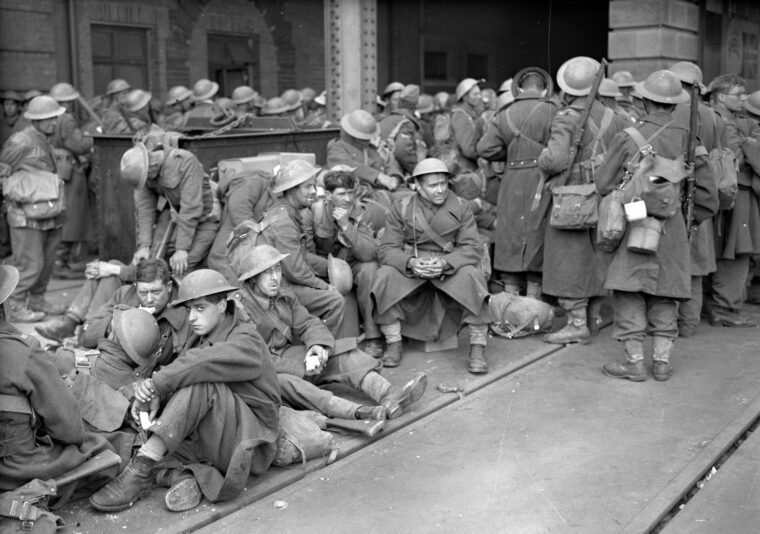
Within days of Nazi Germany’s invasion of Poland on September 1, 1939, and the British declaration of war two days later, the vanguard of the British Expeditionary Force (BEF) arrived on the continent of Europe. Read more
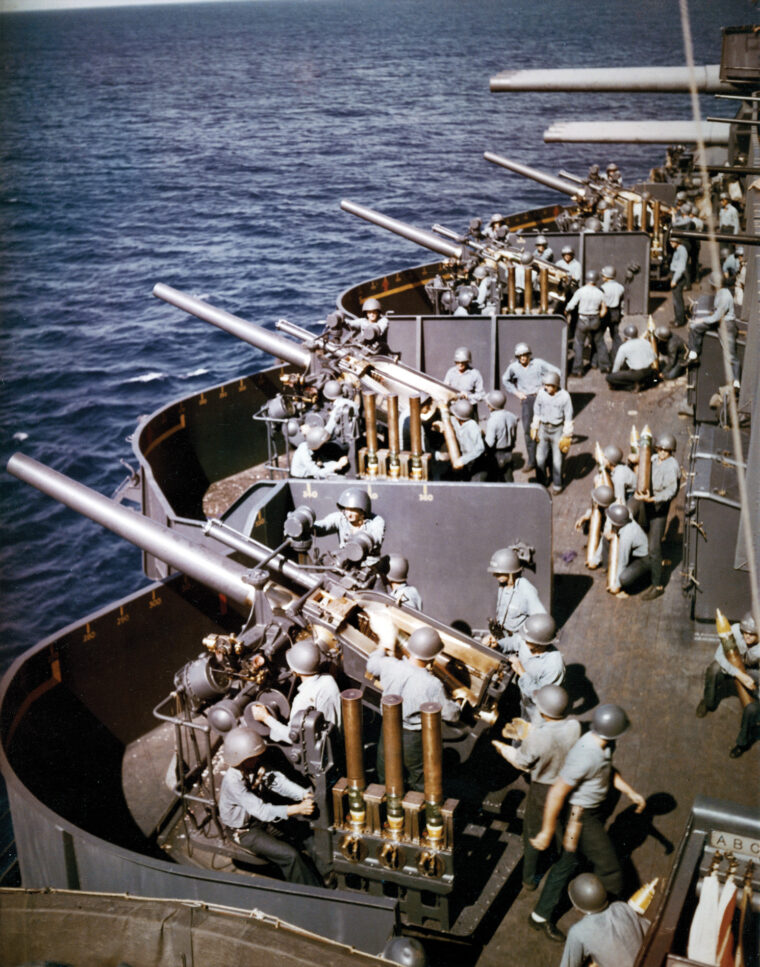
The United States Navy entered World War II well before Pearl Harbor and long before the rest of the nation. Read more
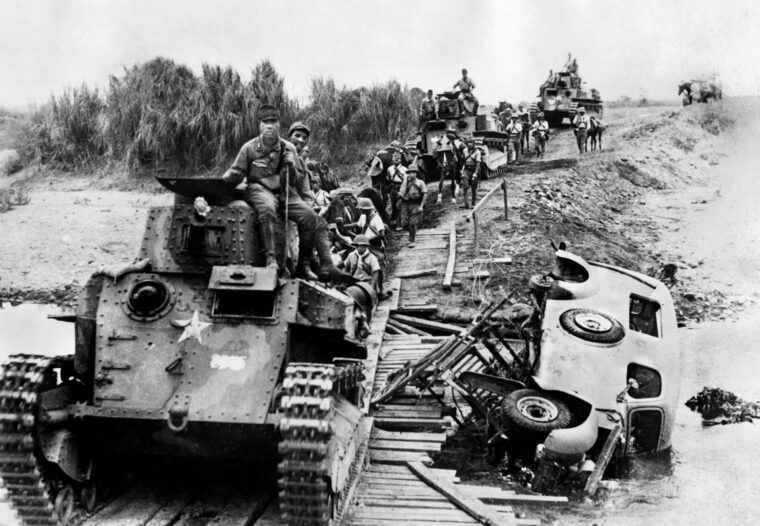
They had no armor, no air support, and little hope, but the American and Filipino troops on Luzon and the Bataan peninsula waged a fighting retreat that was the longest and most gallant in U.S. Read more
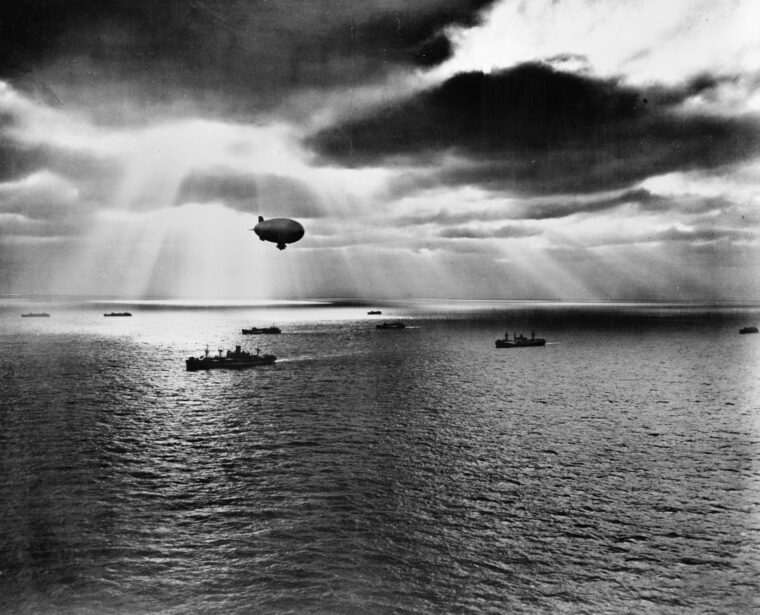
Kapitanleutnant Volker Simmermacher gazed intently through his attack periscope, sizing up the target that so far seemed oblivious to his presence. Read more
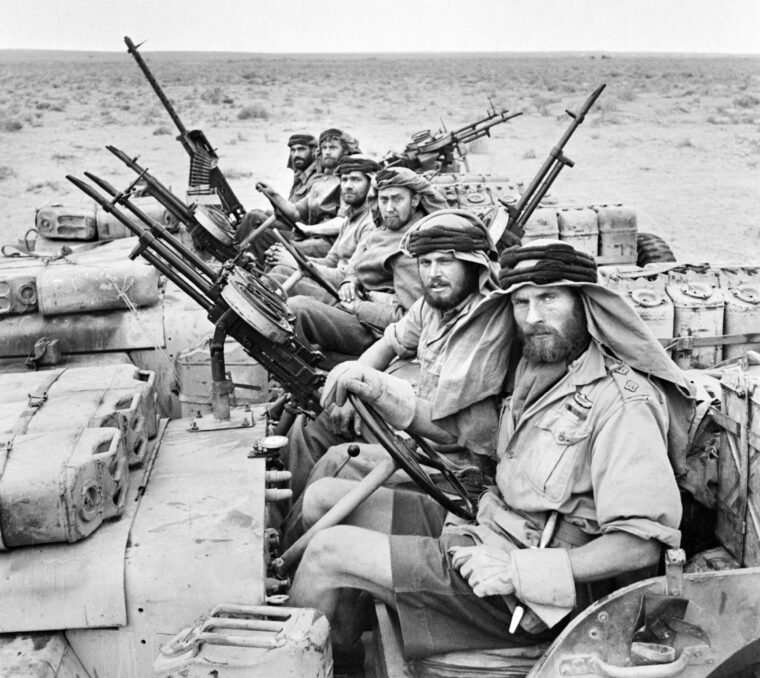
Second Lieutenant David A. Sterling of the Scots Guards was serving with Lt. Col. Robert E. “Lucky” Laycock’s No. Read more
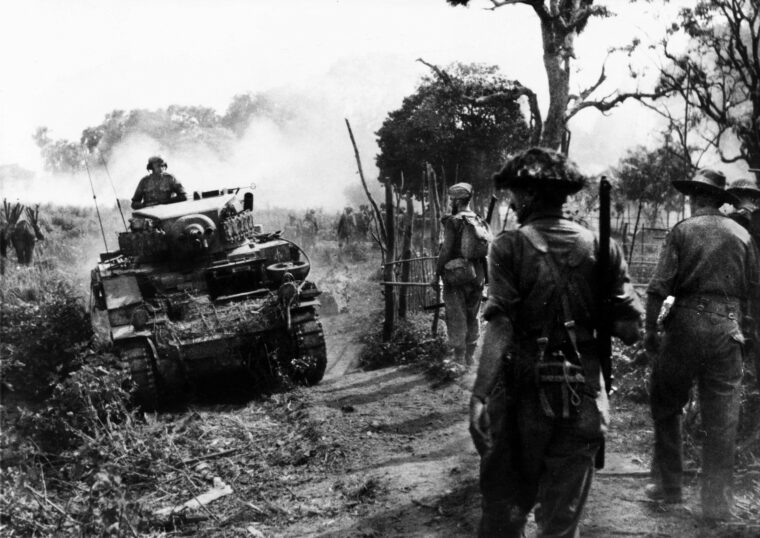
One ominous day in mid-May 1942, Lt. Gen. William J. Slim stood on the Imphal Plain, high in the Assam hills of northeastern India, and watched columns of tattered, malaria-ridden British, Indian, and Burmese soldiers straggle across the frontier from Burma. Read more
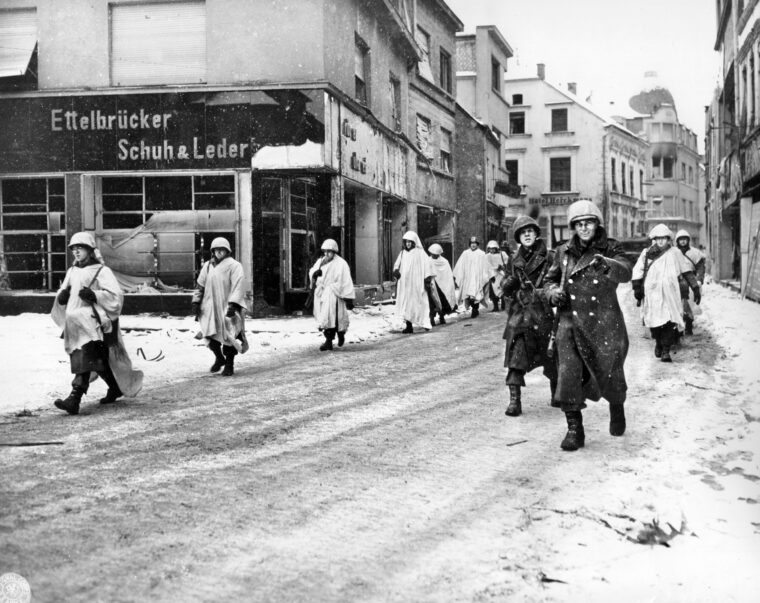
Corporal Thomas B. Tucker stood shivering in the bitterly cold night air as he looked down on a ribbon of water that separated his unit from the enemy’s front-line positions. Read more
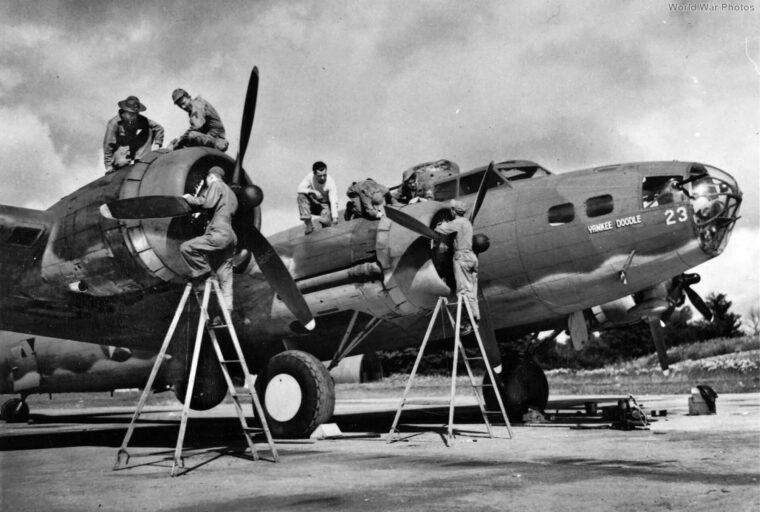
Forty-eight Wright Cyclone aero engines coughed into life on the hardstands at windswept Polebrook Airfield in Northamptonshire, England, early on the afternoon of Monday, August 17, 1942. Read more
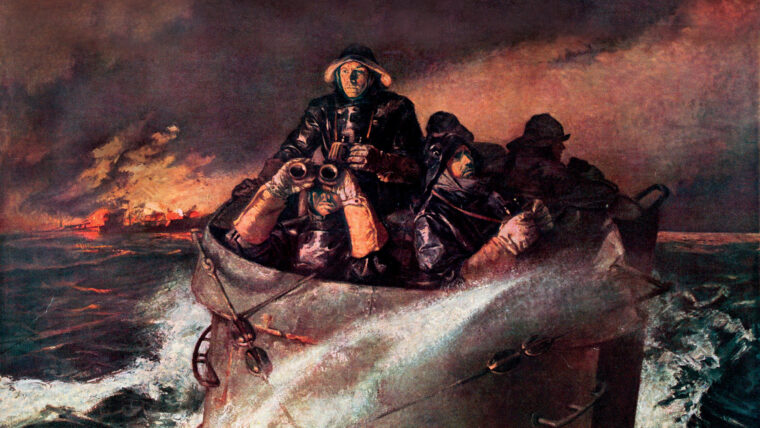
Adolf Hitler and his military commanders were feeling a new and unsettling emotion early in 1943—desperation. A year earlier, they had seemed on top of the world as their forces ruled a region that surpassed Rome at its greatest. Read more
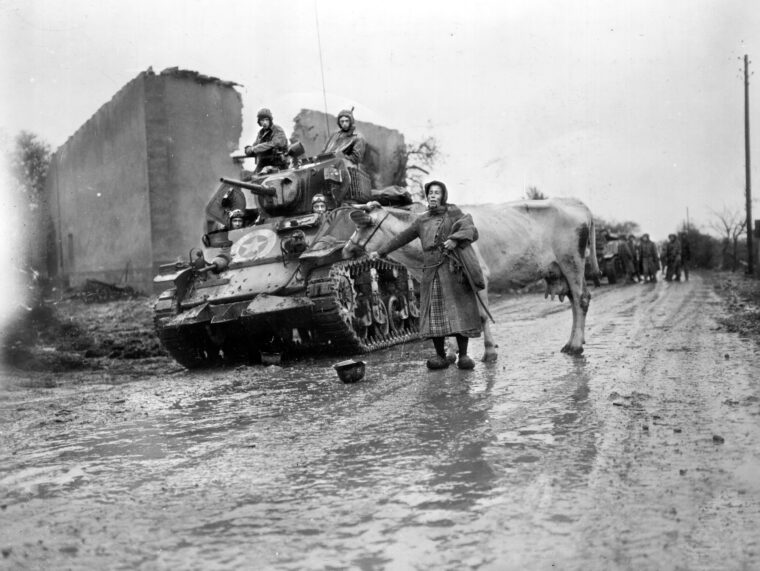
Lieutenant Wessling did not believe that his two 75mm assault guns could effectively deal with the German panzers. Read more
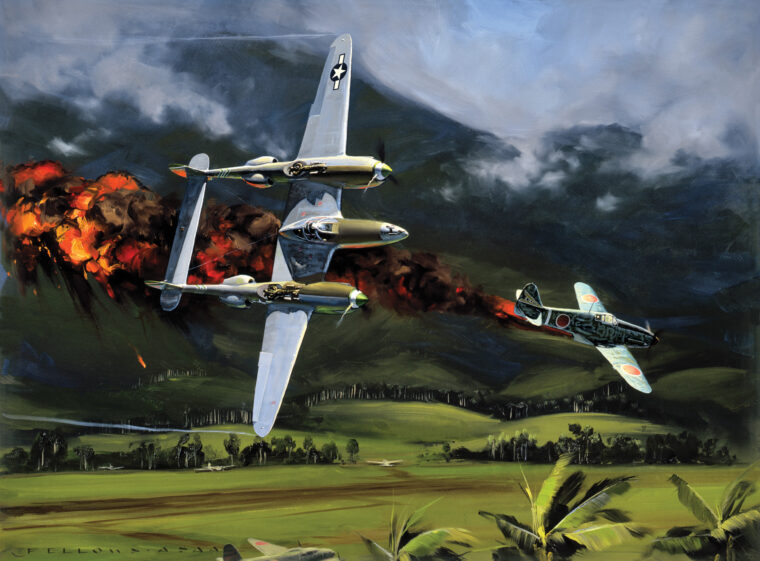
Technically and visibly, it was unique among World War II fighters. The P-38 stood on tricycle landing gear, with its twin Allison engines in separate booms and the pilot sitting in his cockpit in a cupola between the booms. Read more
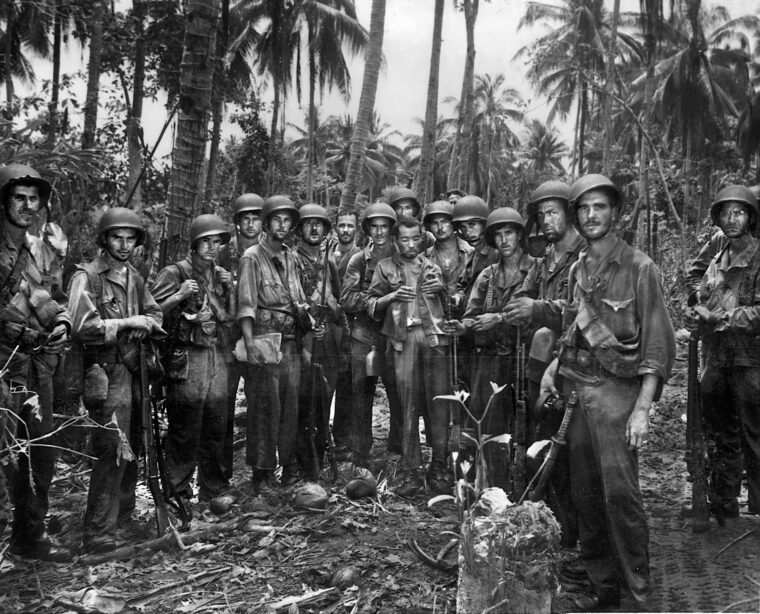
Even after their stunning defeat at Midway in early June 1942, senior commanders of the Imperial Japanese armed forces were resolute in their grand plan to extend their defensive perimeter in the Pacific. Read more
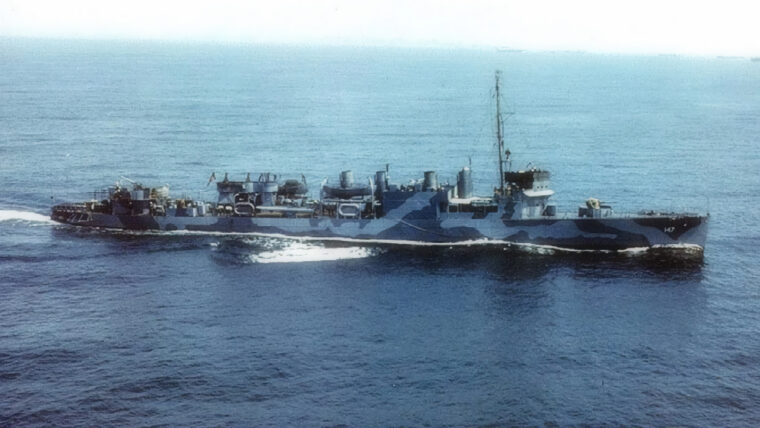
British Prime Minister Winston Churchill once admitted that the only issue to trouble him to the extent that he thought World War II might be lost was the uncertainty of the Battle of the Atlantic and the U-boat peril that threatened to starve the British Isles into submission. Read more
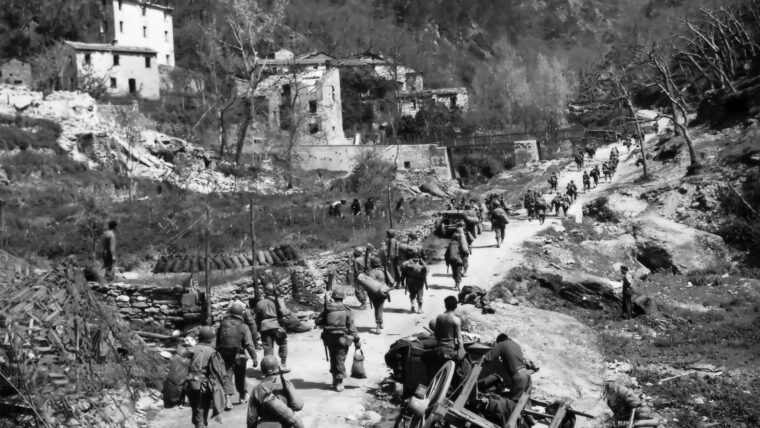
The squat, gray brick Castle Aghinolfi sat on high ground over-looking a coastal road on Italy’s west coast. Read more
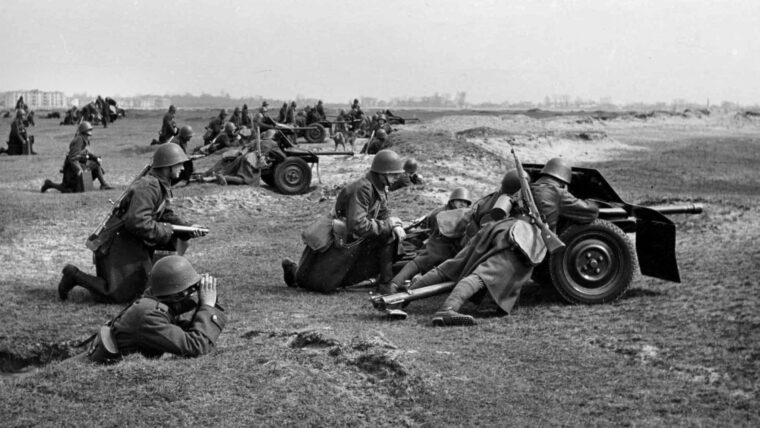
It was a quiet dinner on a side street in Berlin the evening of June 26, 1939, but more than food would be devoured that night. Read more
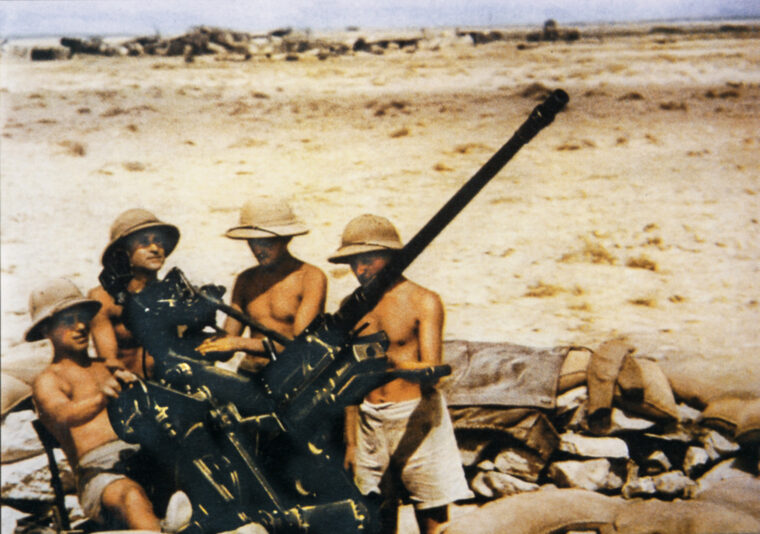
During the Allied air campaign against the Third Reich in World War II, well over a million tons of bombs were dropped on German territory, killing nearly 300,000 civilians and wounding another 780,000. Read more